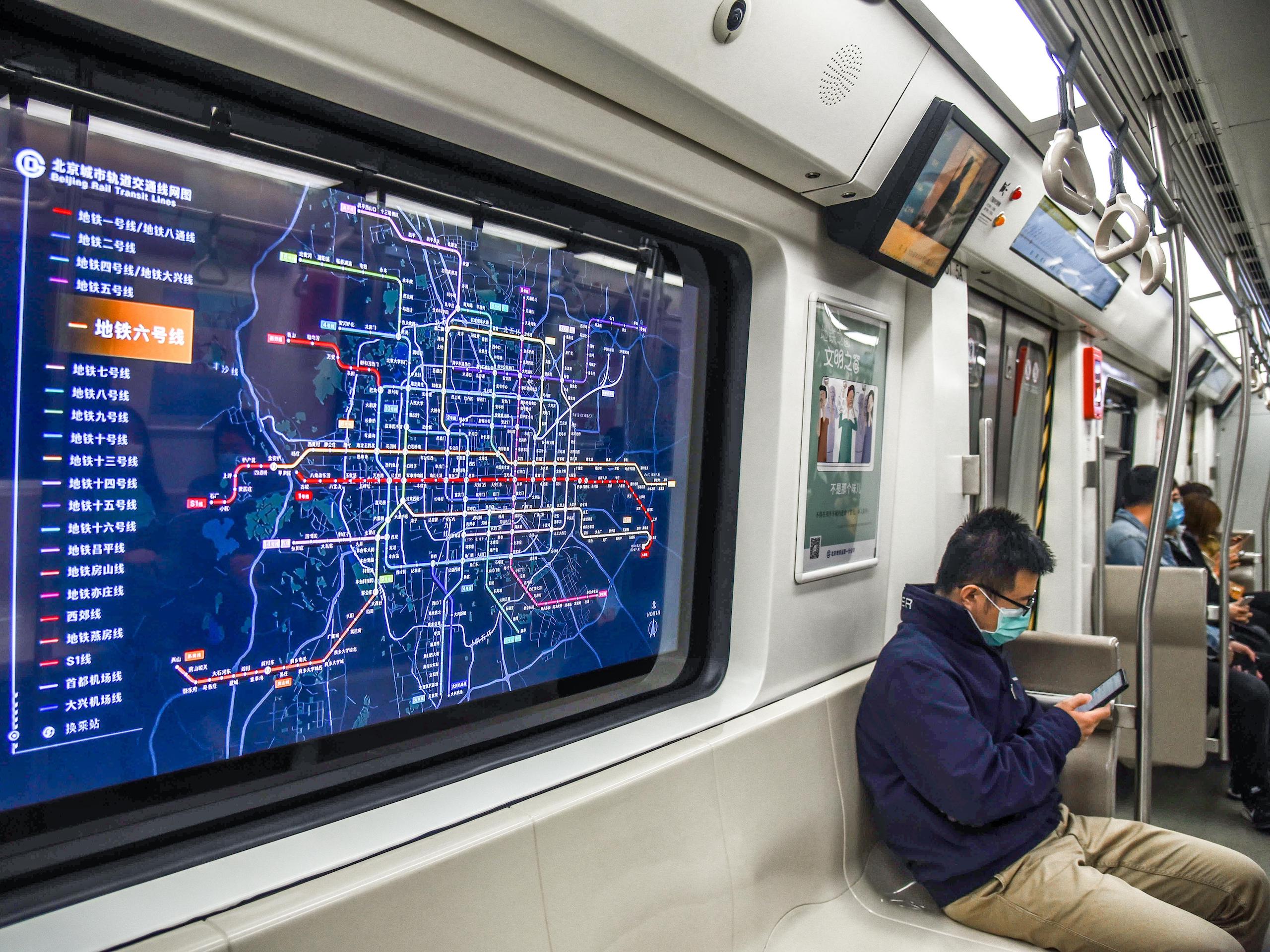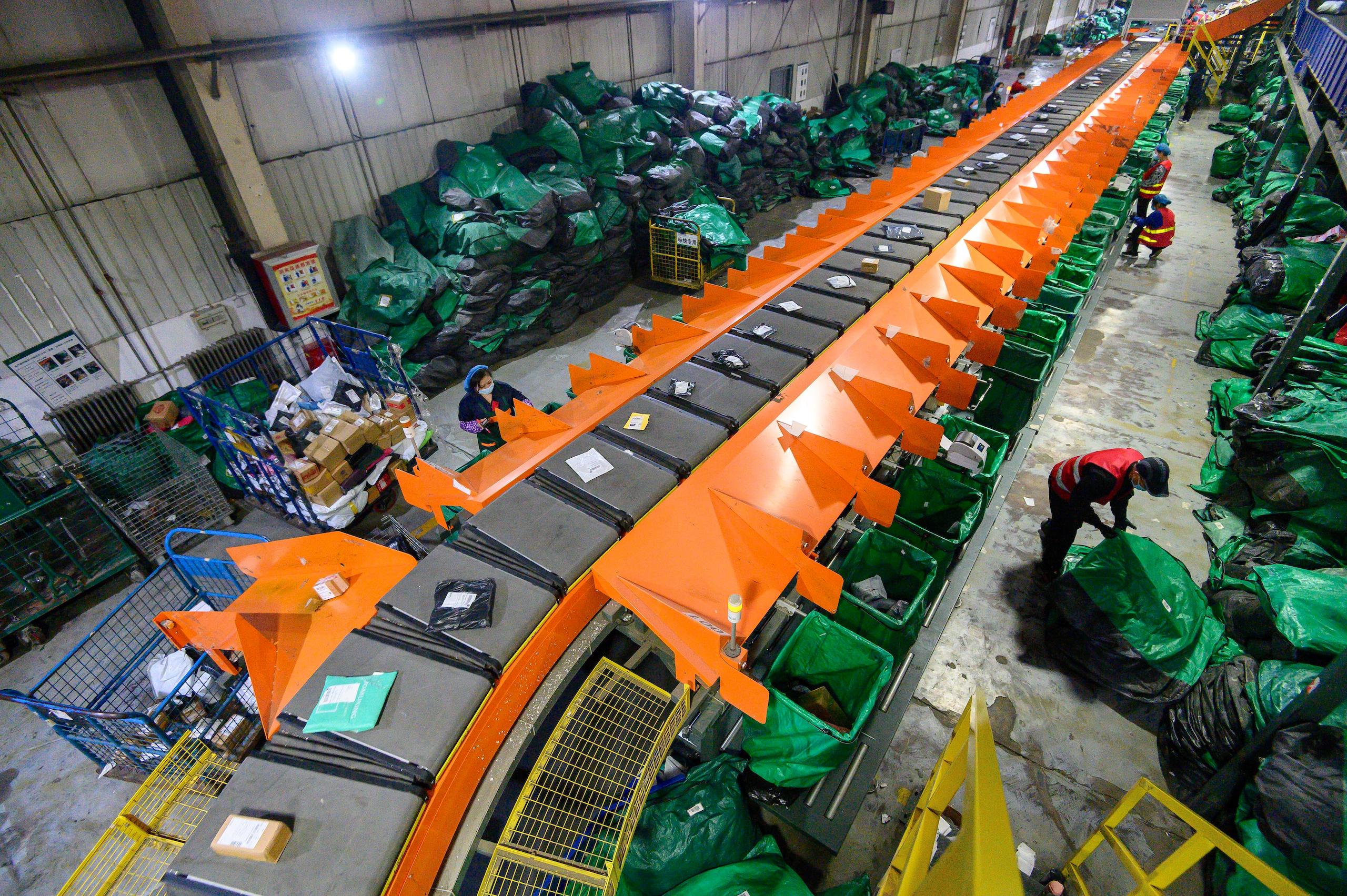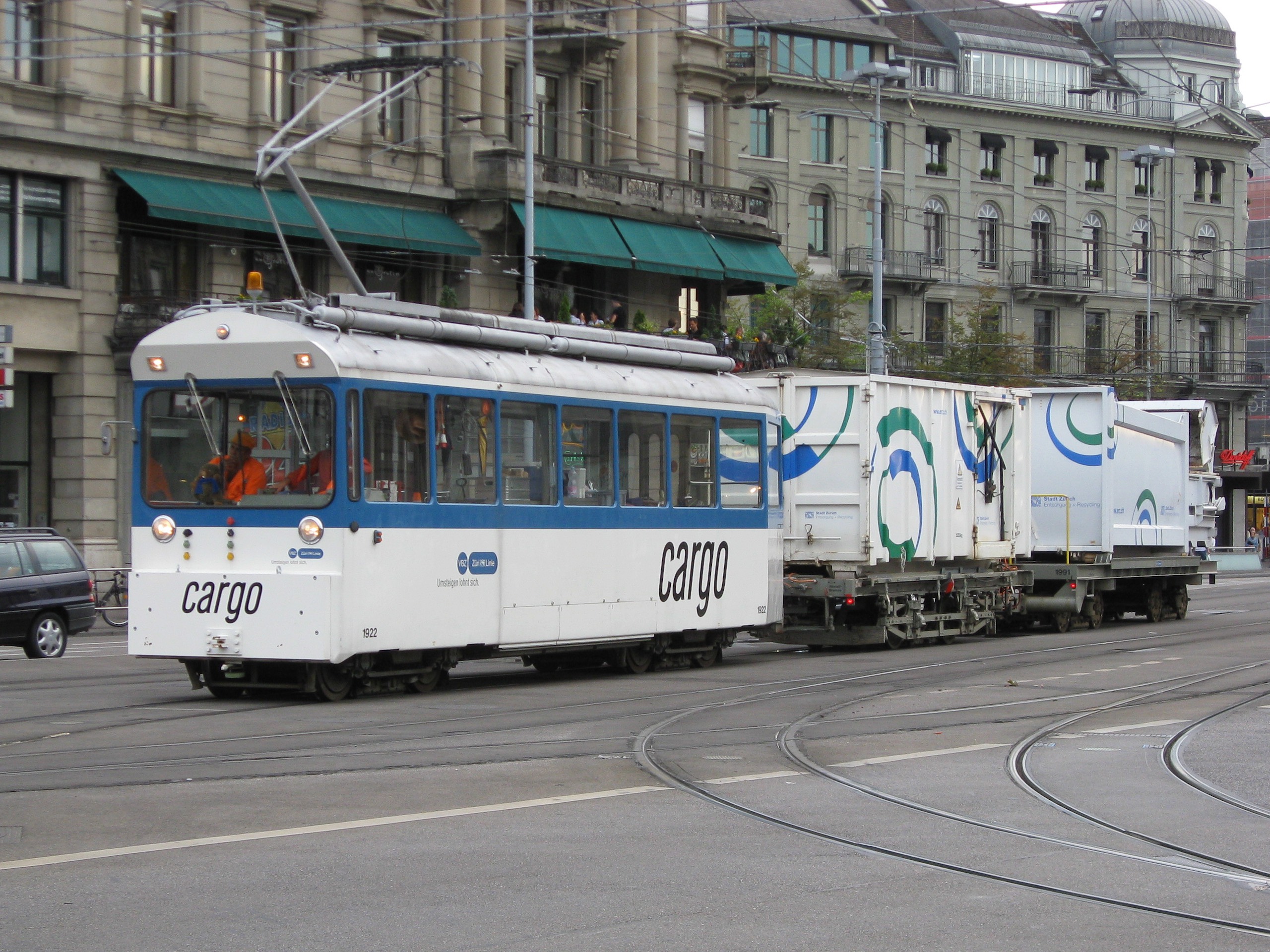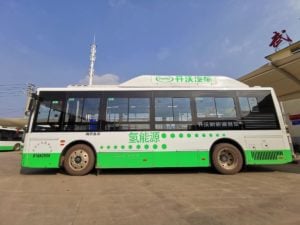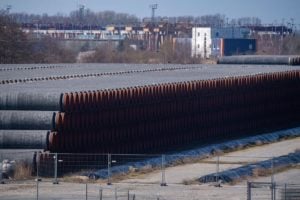Swaying at the back of a subway train on Beijing’s Line 9, two China Post personnel in yellow and blue overalls hold on to a green trolley full of parcels. A few passengers are seated in front of them in the nearly empty carriage, playing on their mobile phones.
The journey was taken on 23 September, day one of a pilot trialling express delivery via the city’s rail transit system. On its WeChat account, the Beijing Municipal Commission of Transport (MCT) described the scheme as the first in China to use off-peak capacity on the underground network for package couriering. It expects the project will help reduce the number of delivery vans on the road, ease traffic congestion and lower carbon emissions.
Staggered journeys
In September 2019, the CCP Central Committee and the State Council published a plan for turning China into a “transportation powerhouse” that included reference to “actively developing subway logistics in cities”. Then, eight months ago, the use of the subway for logistics was noted in the MCT’s 2023 transportation work plan. Line 4 and the Line 9 Fangshan–Yanfang route, both in the west of Beijing, were selected for the first pilot.
The scheme comes as express delivery – which can mean anything from same day to within several business days – is booming in Beijing. In this city of nearly 22 million permanent residents, drivers collect and deliver around 15 million packages daily. Most are transported by road, creating problems such as traffic congestion, haphazard parking and stop-offs, air pollution and carbon emissions.
In Beijing’s south-eastern Tongzhou district alone, industry publication China Logistics Times estimates in 2021 that 577 tonnes of carbon was emitted from the dispatch of express deliveries, ferried from city sorting centres to distribution points in the district and then on to customers.
However, with an average of nearly 10 million people using the Beijing subway each day, underground delivery must travel off peak to avoid passengers. For outbound trains on the Line 9 Fangshan–Yanfang route, there is ample capacity after 9am to allow for newspapers and periodicals to be transported; on that stretch of the network at that time of day, less than 20% of passenger capacity is used. Meanwhile, courier company SF Intra-City is trialling use of Line 4 on weekdays, departing with one batch of parcels at 12:30pm and another at 3:30pm, when capacity utilisation is less than 50%.
More than a month into the pilot, many in Beijing have spoken positively about it. One college student told People’s Daily that this form of couriering reduces traffic jams, while helping to protect the environment and lower emissions.
Shenzhen, China’s third most populous city, is also looking to introduce express delivery by subway. On 18 August, Shenzhen Metro Group and SF Express, China’s largest privately run logistics group, signed an agreement to collaborate on “rail logistics”. It will see dedicated subway carriages being used after the evening rush hour to transport freight along Line 11, from Futian Transportation Hub in the city centre to Bihaiwan station on the city’s north-west outskirts. There, goods will be transferred to the SF Express cargo base at nearby Shenzhen International Airport for shipment domestically and abroad.
Rail delivery’s environmental benefits
Using a subway or other urban and suburban rail lines to deliver goods is not a new idea. Several European cities have done it, reaping environmental benefits in the process, as described in a 2013 study.
In 2003, Zurich launched its Cargo-Tram scheme, using the extensive tram network to collect and transport refuse in a bid to tackle the 300 tonnes of bulky waste being illegally dumped around the city each year. Collection points were set up at four tram stops to begin with, expanding to nine by 2005 following encouraging results. A study found that in the course of 2004, compared to trucking, the scheme reduced CO2 emissions and air pollutants such as nitrogen oxide and particulates. It also saved 37,500 litres of diesel.
In 2007, Amsterdam launched the City Cargo programme for transporting goods by tram. Cargo trams ran from 7am to 11pm, sharing tracks with, but not getting in the way of, passenger trams. Goods were offloaded at designated points and transferred to electric vehicles for last-mile delivery. The scheme aimed to reduce the number of commercial vehicles on Amsterdam’s roads by 50%, while also cutting noise and air pollution. City Cargo ran successfully in its initial phase, but went bust after two years after failing to acquire sufficient investment. Conflicting objectives among stakeholders did not help.
Also in 2007, the French supermarket chain Monoprix began using the suburban metro line to transport non-perishable goods from depots on the outskirts of Paris into the city. From there, they were distributed to stores in low-emission, LNG-fuelled vans. By 2013, 90 supermarkets were being supplied in this way, up from the initial pool of 27. A study that looked at the Paris project, showed that moving goods by metro, combined with low-emission vans, resulted in 47% less CO2 emissions annually compared with conventional distribution, along with 56% less nitrogen oxide, and 36% less particulate matter.
These examples show that it is not only feasible to adapt rail networks for moving goods within cities, but also an effective way to reduce air pollutants and CO2 emissions from traditional road transport. The key to successfully implementing and maintaining the “express-delivery-by-subway” model is to make it economically viable by bringing down the investment and operating costs.
Daizong Liu, East Asia director at the Institute for Transportation & Development Policy, a thinktank headquartered in the US, believes there could be advantages to moving goods by rail in China compared to, say, the US or Europe. “It’s easier to achieve economies of scale and make money using express delivery by subway, because online consumption and parcel volume are higher in China than anywhere else,” he says.
Inter-city freight needs more attention
It should be noted that transportation within cities accounts for just a fraction of China’s carbon emissions from deliveries. “Express delivery by subway should bring decent emissions reductions. But in the freight industry… the lion’s share involves mainline city-to-city shipments,” says Liu.
A Greenpeace East Asia report released this year noted that carbon emissions from China’s express delivery industry have grown by more than 200% over the past five years, reaching 55.6 million tonnes in 2022, with 62.7% of the total coming from transportation. Within transportation, 99.9% of emissions resulted from deliveries between cities and provinces.
The report shows that express delivery by subway within cities can reduce carbon emissions to an extent, but has minimal impact on emissions from express deliveries as a whole. It revealed that road and air freight are the main sources of carbon emissions from distribution between China’s cities. In the express deliveries sector, mainline road-freight emissions amounted to 18.7 million tonnes in 2022, while air freight added 13.7 million tonnes, it noted.
“Actions for reducing emissions in the express delivery sector need to focus more on shipping by mainline-and-branch routes, which account for nearly 99% of the carbon emissions,” the report stated. “There needs to be more work on emissions reduction for road and air freight – the two big sources of emissions – while developing greener, low-carbon options for last-mile delivery and exploring the use of zero-emission vehicles, multimodal transportation and more.”
In stark contrast to the high emissions from road and air, total mainline rail freight generated just 420,000 tonnes of carbon emissions in 2022, the report noted. Even excluding the impact of cargo volume, average carbon emissions for couriering a single item by rail are 43% that of road delivery and 7% of air freight.
“Generally speaking, it is more difficult to electrify road haulage for longer distances because EV batteries are very heavy, with the current technology, and lorries make money based on their tonnage,” says Liu. “This limits electric goods vehicles from competing with conventional lorries in terms of profitability and overall operational gains.
“For medium and long distances, then, high-speed rail is a more effective way of reducing emissions from express deliveries.”
China has the world’s largest network of conventional and high-speed railways, and enabling parcels to be couriered via seamlessly connected inter-city and intra-city rail lines will be key for the next stage of emissions reduction in the express delivery sector.
